Dear Parents/Carers,
Thank you for all the support you have given your child during the home learning period.
We are now approaching the summer holiday and I am conscious that many of you may be wondering if your child is working at the standard we would expect them to be at the end of the reception year. We will be working at a catch up programme when we return and this along with your continued effort over the summer should ensure your child is able to achieve as near to the expected standard as possible.
I am posting the Early Learning Goal expectations for you to see. This is the standard we expect most children to achieve at the end of their reception year and it is the level schools are judged at. Within these levels there is a wide range of ability. Some children may just achieve the Early Learning Goal by the end of the year, whilst others are achieving it comfortably. Others may not quite achieve the goal. No matter where your child is, we will use this as their starting point in September and plan work to meet their needs.
The government provide some examples, showing what they expect the work produced by children who are working at the expected level in Reception looks like. I have included the examples for the Maths and English Early Learning Goals here to make it clearer for you to see if your child is working near to or at the expected level. The bold text is the Early Learning Goal Statement.
Reading – Children read and understand simple sentences. They use phonic knowledge to decode regular words and read them aloud accurately. They also read some common irregular words. They demonstrate understanding when talking with others about what they have read.
Writing – Children use their phonic knowledge to write words in ways which match their spoken sounds. They also write some irregular common words. They write simple sentences which can be read by themselves and others. Some words are spelt correctly and others are phonetically plausible.
Maths (Number) – Children count reliably with numbers from one to 20, place them in order and say which number is one more or one less than a given number. Using quantities and objects, they add and subtract two single-digit numbers and count on or back to find the answer. They solve problems, including doubling, halving and sharing.
Maths (Shape, Space and Measure) Children use everyday language to talk about size, weight, capacity, position, distance, time and money to compare quantities and objects and to solve problems. They recognise, create and describe patterns. They explore characteristics of everyday objects and shapes and use mathematical language to describe them.









